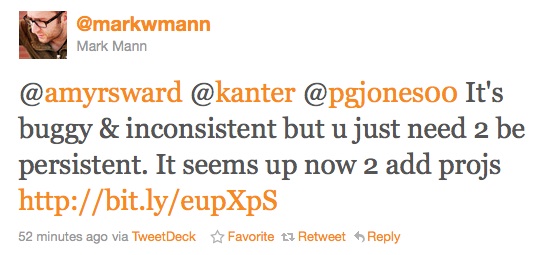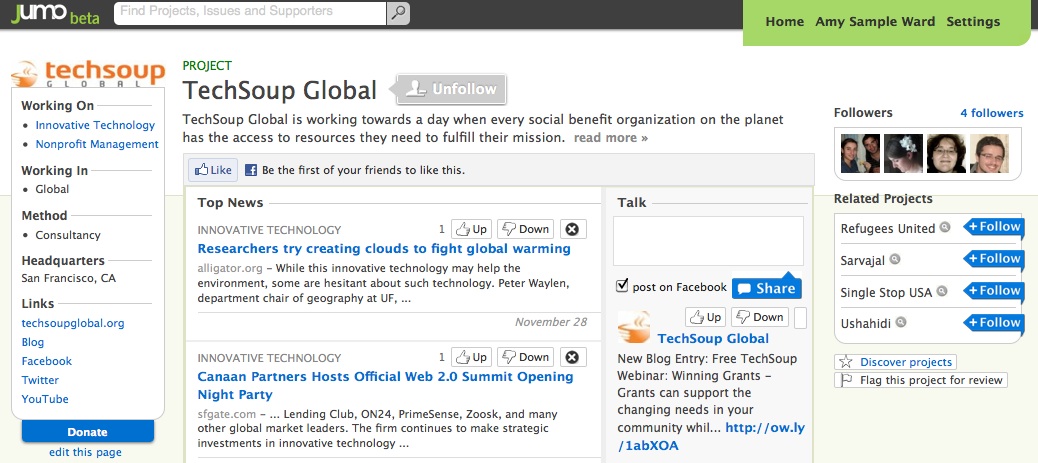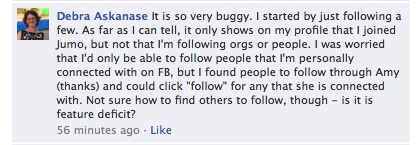STOCKHOLM – WikiLeaks was forced Friday to switch over to a Swiss domain name, wikileaks.ch, after a new round of hacker attacks on its system prompted its American domain name provider to withdraw service.
WikiLeaks' U.S. domain name system provider, EveryDNS, withdrew service to the wikileaks.org name late Thursday, saying it took the action because the new hacker attacks threatened the rest of its network.
"Wikileaks.org has become the target of multiple distributed denial of service attacks. These attacks have, and future attacks would, threaten the stability of the EveryDNS.net infrastructure," EveryDNS, headquartered in Manchester, New Hampshire, said .
EveryDNS.net provides access to some 500,000 websites.
In a tweet on Friday, the owner of EveryDNS, Dynamic Network Services Inc., wrote that "trust is paramount: Our users and customers are our most important asset." It did not specify whether it was referring to WikiLeaks, however.
WikiLeaks confirmed the move in a separate tweet, saying "WikiLeaks.org domain killed by US everydns.net after claimed mass attacks." It was not clear where the alleged attacks were coming from.
WikiLeaks' new domain, wikileaks.ch, is owned by the Swiss Pirate Party, a political group formed two years ago to campaign for freedom of information and sensible technology policy.
Pascal Gloor, the party's vice president, said they registered the domain about six months ago.
"We wanted to show our support for Wikileaks," he told the Associated Press by telephone, adding the party is only offering the domain name right now and that it hasn't provided the site with any servers or infrastructure.
WikiLeaks has previously claimed that intelligence agencies from the U.S. and elsewhere have been targeting its site, which has spilled thousands of embarrassing U.S. diplomatic cables as well as classified U.S. military documents.
WikiLeaks has so far released some 667 cables — out of the 250,000 it says it has on file.
Earlier this week, WikiLeaks' Swedish server host, Bahnhof, confirmed that the website had been hit by a cyber attack just before it leaked thousands of classified documents.
In addition to the latest batch of sensitive material, WikiLeaks has angered the U.S. and other governments by publishing almost half a million secret documents about the wars in Afghanistan and Iraq. It is not clear how WikiLeaks obtained the diplomatic documents, but the U.S. government's prime suspect is an Army private, Bradley Manning, who is in custody on charges of leaking other classified documents to WikiLeaks.
On Wednesday, Amazon.com Inc. — which had provided WikiLeaks with use of its servers to distribute embarrassing State Department communications and other documents — evicted it. The site remains on the servers of its Swedish provider.
The ouster from Amazon came after congressional staff questioned the company about its relationship with WikiLeaks. Sen. Joe Lieberman praised Amazon's action and said it should "set the standard" for companies WikiLeaks is using to distribute "illegally seized material"
In its decision to terminate the service for Wikileaks, EveryDNS cited what it called a violation of the provision stating that a member should "not interfere with another member's use and enjoyment of the service."
Andre Rickardsson, an expert on file-sharing and information technology security at Sweden's Bitsec Consulting, said domain name providers normally don't drop their clients unless the clients themselves have breached their user contract. "WikiLeaks is not behind the disturbance here, but individuals trying to disturb WikiLeaks' operations," he said.
Rickardsson said he had never experienced a user being shut off under similar circumstances.
"I don't believe for a second that this has been done by EveryDNS themselves. I think they've been under pressure," he said referring to U.S. authorities.
Mark Stephens, the London-based lawyer for WikiLeaks founder Julian Assange, also speculated that outside pressure had forced EveryDNS to pull the plug on WikiLeaks.
"Pressure appears to have been applied to close the WikiLeaks domain name," he wrote on the micro-blogging website.
Assange, a 39-year-old Australian, has been out of public sight for nearly a month. Sweden has issued an Europe-wide arrest warrant for him over allegations of rape, sexual molestation and unlawful coercion, but the exact nature of the allegations are still unclear.
Assange's Swedish and British lawyers claim their client has attempted to assist in the questioning but so far Sweden has turned down his offers. According to his lawyers, he has also yet to receive formal notice of the allegations.
In an interview with BBC's Radio 4 on Friday, Stephens said that "those that need to know where Julian is — his co-workers, his lawyers and indeed law enforcement... know how to get in touch with him," but did not give more details on his whereabouts.
An American defense official has also indicated that U.S. government lawyers are investigating whether Assange can be prosecuted for spying. He also risks legal action in his homeland, where Australia's Attorney General Robert McClelland has said Australia would detain Assange if possible in response to the warrant filed in the Swedish case by Interpol.
Since his last public appearance was at a Geneva press conference on Nov. 5., Assange has spoken publicly only through online interviews.
Later Friday, he was due to participate in a live online chat on British daily the Guardian's website. Such interviews are generally text-based web chats rather than online video conferences, although a call seeking clarification from the paper was not immediately returned.
___
Associated Press writers Raphael G. Satter and Cassandra Vinograd in London and Frank Jordans in Geneva contributed to this report.
Reference:
Yahoo! News. 

















 Today at the United Nations’ conference on climate change
Today at the United Nations’ conference on climate change 

































